The National Offshore Wind Research and Development Consortium (NOWRDC), which was established with funding from the U.S. Department of Energy (DOE), has selected five new projects to receive a total of $3.5 million for ocean coexistence and transmission.
Wind Energy Technologies Office
September 15, 2022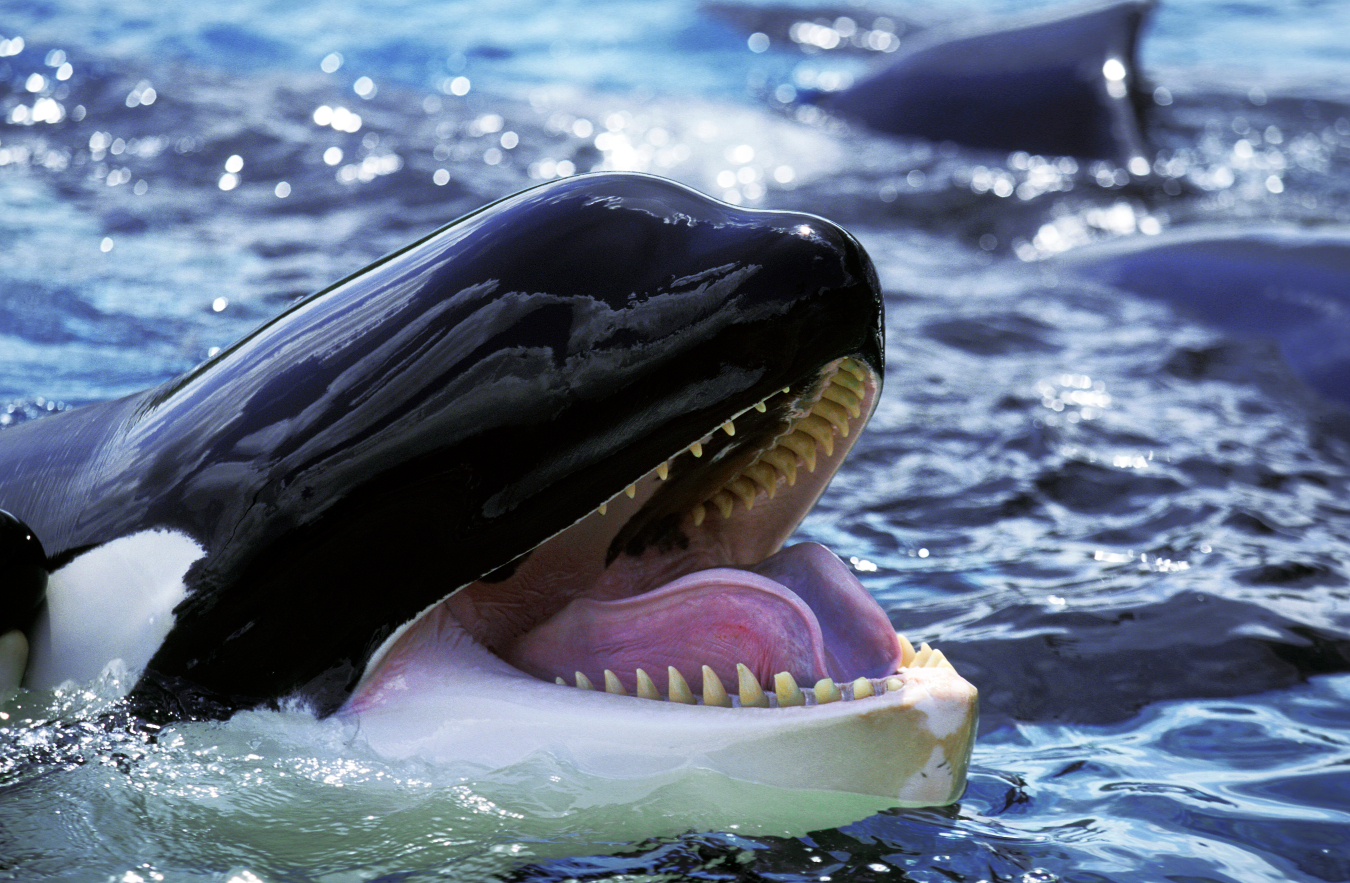
The Floating Offshore Wind Shot aimed to benefit local and underserved communities with offshore wind deployment while both prioritizing ocean co-use and protecting biodiversity.
The National Offshore Wind Research and Development Consortium (NOWRDC), which was established with funding from the U.S. Department of Energy (DOE), has selected five new projects to receive a total of nearly $3.5 million for ocean co-use and transmission.
The selections announced today include two new ocean area co-use projects to monitor protected marine mammals and design floating arrays for fishing compatibility, and three transmission projects to reduce fatigue on subsea power cables, evaluate impacts of new offshore wind projects on grid stability, and forecast energy generation of offshore wind farms to inform grid planning.
Ocean Area Co-Use
- Saildrone: Equip an uncrewed surface vessel to observe marine mammals. This renewable-powered system could decrease costs and improve the quality of wildlife observations during offshore construction.
- National Renewable Energy Laboratory: Collaborate with commercial and recreational fishers to design floating offshore wind farms that are compatible with fishing activities.
Transmission
- University of Michigan: Improve the resiliency of subsea power cables and prevent transmission failures by absorbing cable vibrations and reducing cable fatigue.
- Clarkson University: Develop a modeling platform to assess how new offshore wind plants would impact system-wide grid stability. Understanding these impacts early in project development could avoid delays due to grid reliability risks.
- Rutgers University: Develop a tool to forecast the wind at offshore development areas and predict wind plant power output using a physics-based model and artificial intelligence capabilities. Forecasting power output is essential for integrating offshore wind power into the grid.
This award announcement marks the full distribution of NOWRDC’s initial U.S. Department of Energy and New York State Energy Research and Development Authority project award funding. Through three competitive solicitations, NOWRDC has now awarded 52 projects focused on a range of offshore wind technical challenge areas. The full list of NOWRDC’s portfolio of projects is listed on its website: www.nationaloffshorewind.org.
The National Offshore Wind Research and Development Consortium, established in 2018, is a not-for-profit public-private partnership focused on advancing offshore wind technology in the United States through high impact research projects and cost-effective and responsible development to maximize economic benefits. Funding for the Consortium comes from the U.S. Department of Energy and the New York State Energy Research and Development Authority (NYSERDA), with each providing $20.5 million, as well as contributions from state agencies in Maine, Maryland, Massachusetts, New Jersey, and Virginia, bringing total funding to approximately $48 million.
This announcement supports the Floating Offshore Wind Shot, which aims to drive U.S. leadership in floating offshore wind.
Learn more about DOE’s plan to advance floating offshore wind energy:
-
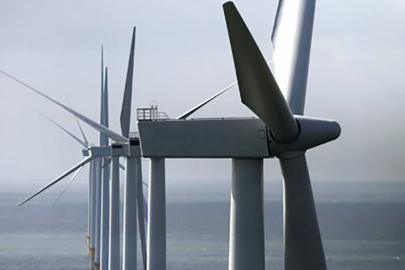 White House launches floating offshore wind initiatives to deploy 15 GW, power 5 million homes, and lower costs by 70% for goal of 30 GW by 2035.
White House launches floating offshore wind initiatives to deploy 15 GW, power 5 million homes, and lower costs by 70% for goal of 30 GW by 2035. -
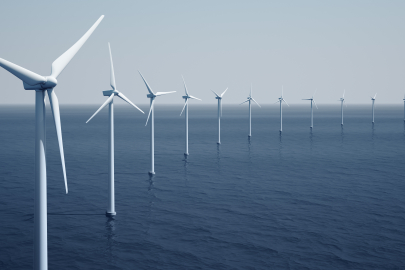 Learn about how the Floating Offshore Wind Shot plans to accelerate breakthroughs for more abundant, affordable, and reliable clean energy solutions.
Learn about how the Floating Offshore Wind Shot plans to accelerate breakthroughs for more abundant, affordable, and reliable clean energy solutions. -
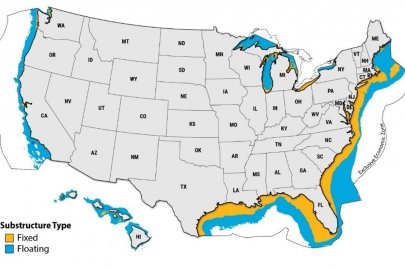 Floating offshore wind potential offers more than two times the energy equivalent of annual U.S. electricity consumption.
Floating offshore wind potential offers more than two times the energy equivalent of annual U.S. electricity consumption. -
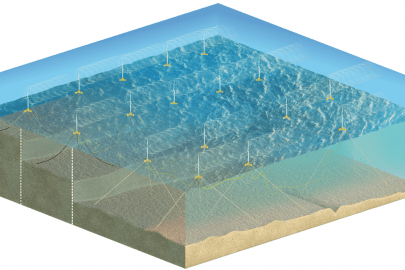 The Floating Offshore Wind Array Design project will inform design decisions and help ensure cost-efficient and responsible deployment.
The Floating Offshore Wind Array Design project will inform design decisions and help ensure cost-efficient and responsible deployment. -
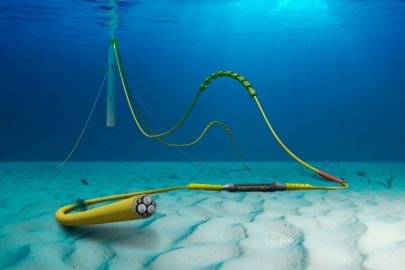 PNNL will conduct a literature review of West Coast offshore wind transmission research to date.
PNNL will conduct a literature review of West Coast offshore wind transmission research to date. -
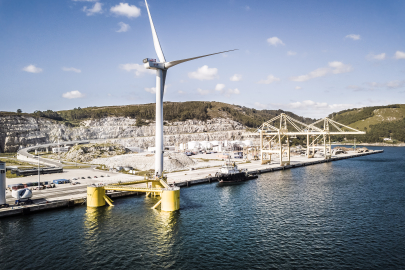 An NREL study will outline a strategic network of U.S. West Coast ports and port infrastructure upgrades.
An NREL study will outline a strategic network of U.S. West Coast ports and port infrastructure upgrades. -
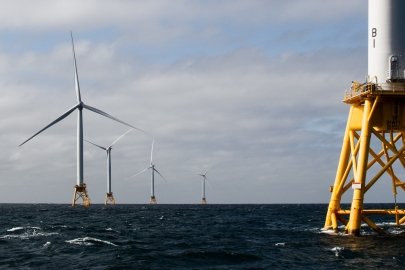 The U.S. Department of Energy's Wind Energy Technologies Office funds research nationwide to develop and deploy offshore wind technologies.
The U.S. Department of Energy's Wind Energy Technologies Office funds research nationwide to develop and deploy offshore wind technologies. -
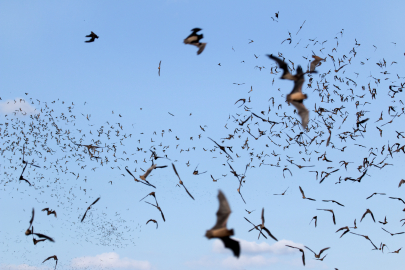 DOE Announces $1.6 million for a jointly funded project supporting the coexistence of offshore wind with bats on the West Coast.
DOE Announces $1.6 million for a jointly funded project supporting the coexistence of offshore wind with bats on the West Coast. -
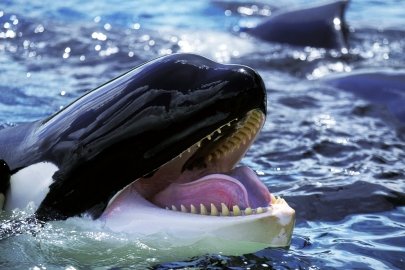 The National Offshore Wind Research and Development Consortium (NOWRDC), which was established with funding from the U.S. Department of Energy (DOE), has selected five new projects to receive a total of $3.5 million for ocean coexistence and transmission.
The National Offshore Wind Research and Development Consortium (NOWRDC), which was established with funding from the U.S. Department of Energy (DOE), has selected five new projects to receive a total of $3.5 million for ocean coexistence and transmission. -
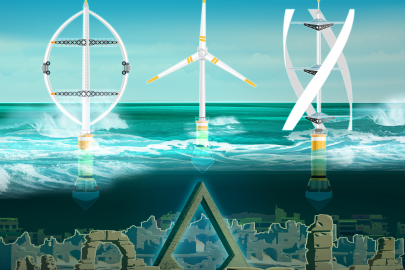 ARPA-E intends to announce $31 million in funding through phase two of its ATLANTIS program.
ARPA-E intends to announce $31 million in funding through phase two of its ATLANTIS program.

